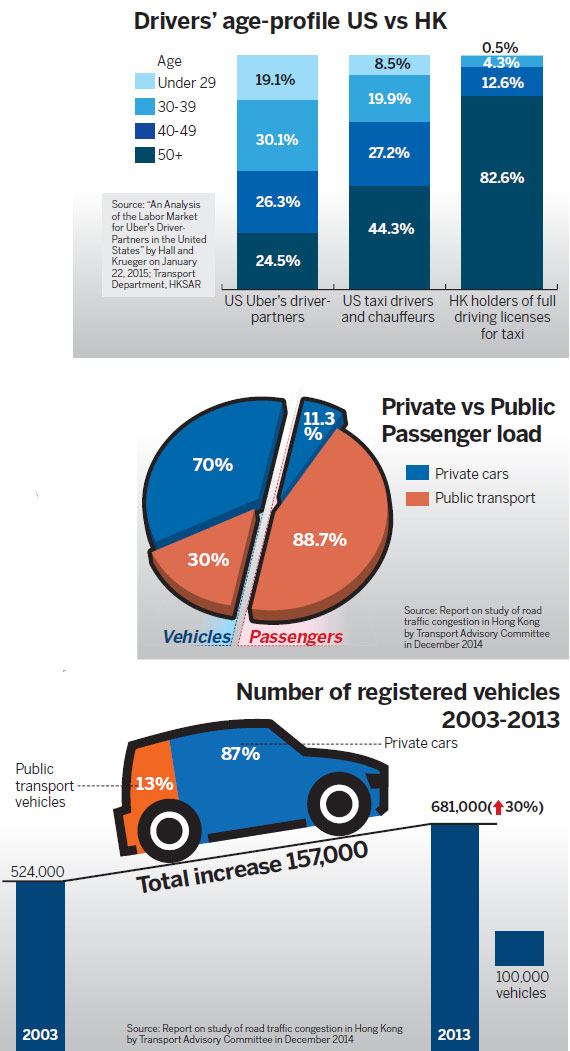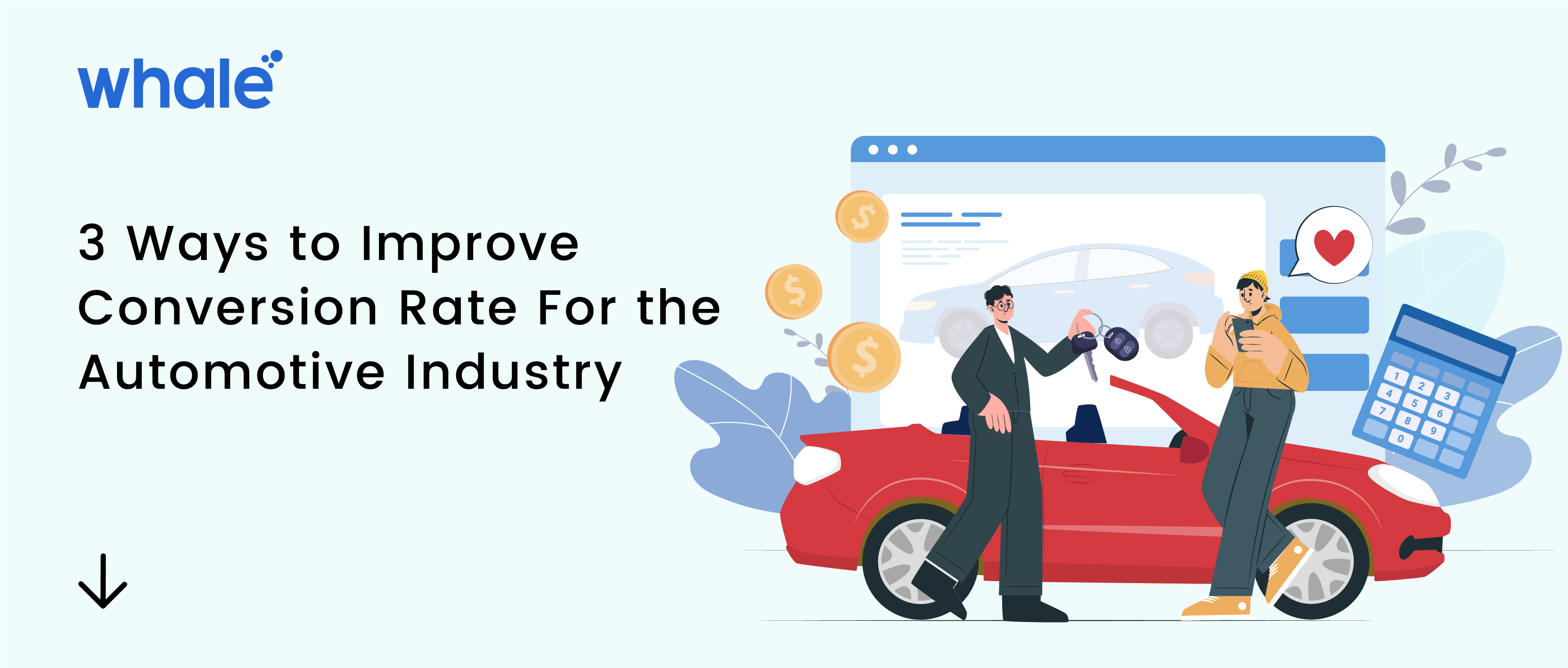Understanding the Annual Percentage Rate for Car Loans: A Comprehensive Guide to Financing Your Vehicle
#### What is the Annual Percentage Rate for Car Loans?The **annual percentage rate for car loan** (APR) is a crucial factor to consider when financing a veh……
#### What is the Annual Percentage Rate for Car Loans?
The **annual percentage rate for car loan** (APR) is a crucial factor to consider when financing a vehicle. It represents the total cost of borrowing over a year, expressed as a percentage of the loan amount. The APR includes not only the interest rate but also any additional fees or costs associated with the loan, making it a more accurate reflection of what you will actually pay over the life of the loan.
#### Why is the Annual Percentage Rate Important?
Understanding the **annual percentage rate for car loan** is essential for several reasons. First, it helps you compare different loan offers from various lenders. Since APR includes both the interest rate and any associated fees, it provides a clearer picture of the total cost of the loan. This allows you to make informed decisions and choose the loan that best fits your financial situation.
Additionally, the APR can significantly impact your monthly payments. A lower APR means lower monthly payments, which can make your car more affordable. Conversely, a higher APR can stretch your budget and lead to financial strain. Therefore, knowing how to calculate and compare APRs can save you money in the long run.
#### Factors Affecting the Annual Percentage Rate for Car Loans
Several factors influence the **annual percentage rate for car loan**. These include:
1. **Credit Score**: Lenders use your credit score to assess your risk as a borrower. A higher credit score typically results in a lower APR, as lenders view you as less likely to default on the loan.

2. **Loan Term**: The length of the loan also affects the APR. Shorter loan terms often come with lower interest rates, while longer terms may have higher rates due to the increased risk for the lender.
3. **Down Payment**: A larger down payment can reduce the loan amount, which may lead to a lower APR. It shows lenders that you are financially responsible and reduces their risk.
4. **Type of Vehicle**: New cars often have lower APRs compared to used cars. Lenders see new vehicles as less risky investments, which can translate to better financing options for buyers.
#### How to Calculate the Annual Percentage Rate for Car Loans
Calculating the **annual percentage rate for car loan** involves a few steps. First, you need to know the loan amount, the interest rate, and any additional fees. The formula for calculating APR is:
\[ \text{APR} = \left( \frac{\text{Total Interest + Fees}}{\text{Loan Amount}} \right) \times \frac{365}{\text{Loan Term in Days}} \times 100 \]

This formula gives you a percentage that represents the true cost of borrowing. It's important to have all the necessary information to ensure accuracy.
#### How to Get the Best Annual Percentage Rate for Car Loans
To secure the best **annual percentage rate for car loan**, consider the following strategies:
1. **Improve Your Credit Score**: Before applying for a loan, check your credit report and take steps to improve your score if necessary. Paying down debts and ensuring timely payments can help boost your creditworthiness.
2. **Shop Around**: Don’t settle for the first offer you receive. Compare rates from multiple lenders, including banks, credit unions, and online lenders. This will give you a better chance of finding a lower APR.
3. **Negotiate**: Once you receive loan offers, don’t hesitate to negotiate. Lenders may be willing to lower the APR or waive certain fees to secure your business.

4. **Consider a Co-Signer**: If your credit score is not ideal, having a co-signer with a better credit history can help you qualify for a lower APR.
#### Conclusion
In summary, understanding the **annual percentage rate for car loan** is vital for anyone looking to finance a vehicle. By grasping how APR works, the factors that influence it, and strategies to secure the best rates, you can make informed financial decisions that will benefit you in the long run. Always remember to read the fine print and consider all aspects of a loan before signing on the dotted line.